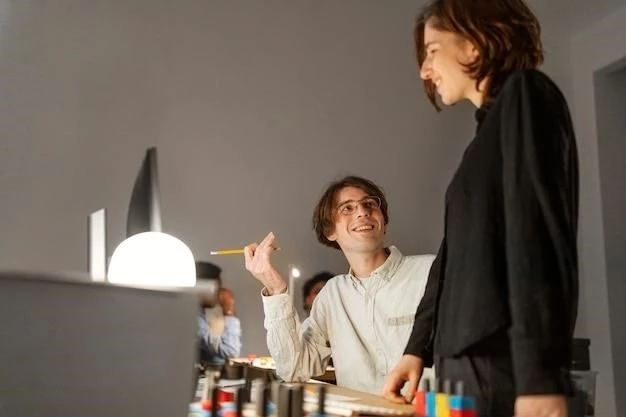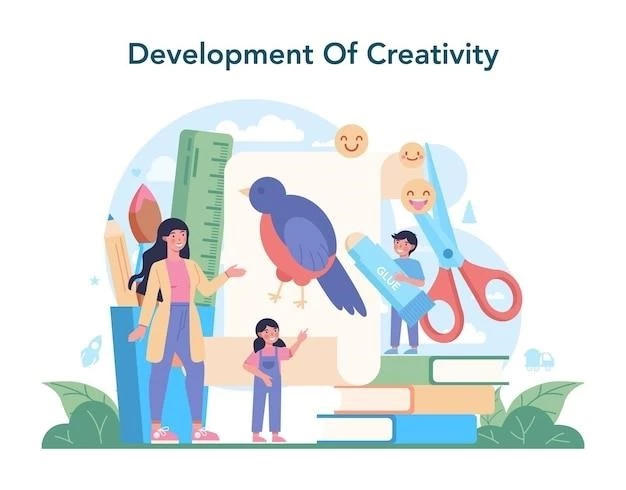The Transformative Power of Art in Education: A Personal Journey of Discovery
As someone who has always thrived on logic and structure, I never considered myself a particularly “artsy” person. I excelled in subjects like math and science, finding comfort in their clear-cut rules and definitive answers. Art, on the other hand, felt subjective and elusive, a realm I rarely dared to explore. However, my perspective shifted dramatically when I decided to step outside my comfort zone and enroll in a beginner’s photography class;

Discovering the Language of Visuals
The photography class wasn’t just about learning how to use a camera; it was about seeing the world through a new lens – literally and figuratively. Suddenly, I was paying attention to composition, light, and shadow, elements I had always taken for granted. I began to appreciate the way a single image could evoke a spectrum of emotions, tell a story, or challenge perspectives.
This newfound appreciation for visual communication extended beyond photography. I found myself drawn to museums and art galleries, captivated by the stories whispered through brushstrokes and sculpted forms. I started noticing the architectural details of buildings, the interplay of colors in nature, and the subtle expressions on people’s faces. Art was no longer an abstract concept confined to textbooks; it was a vibrant language woven into the fabric of everyday life.

More Than Just a Pretty Picture: The Benefits of Art Education
My personal experience made me realize the profound impact art can have on an individual’s development. It’s not just about creating aesthetically pleasing pieces; it’s about cultivating essential life skills that extend far beyond the art studio. Here are just a few of the benefits I’ve observed firsthand:
1. Enhanced Creativity and Problem-Solving
Art encourages you to think outside the box and come up with innovative solutions. Whether you’re composing a photograph, designing a website, or choreographing a dance, you’re constantly engaging in creative problem-solving. You learn to experiment, take risks, and embrace the unknown, skills that are invaluable in any field.
2. Improved Communication and Self-Expression
Art provides a powerful platform for self-expression, allowing individuals to communicate their thoughts, feelings, and experiences in unique and meaningful ways. Whether it’s through painting, music, writing, or dance, art empowers individuals to find their voice and share their perspectives with the world.
3. Cultivating Empathy and Understanding
Art has the power to connect us on a deeper level, fostering empathy and understanding across cultures and backgrounds. When we engage with art, we step into someone else’s shoes, experiencing the world through their eyes and emotions. This fosters a sense of shared humanity and promotes tolerance and acceptance of others.
4. Boosting Confidence and Self-Esteem
The creative process can be incredibly empowering. There’s a sense of accomplishment that comes from bringing an idea to life, whether it’s a painting, a sculpture, a piece of music, or a theatrical performance. Art provides opportunities for individuals to showcase their talents, receive recognition for their efforts, and build self-confidence.
Making the Case for Art in Every Classroom
While my personal journey highlighted the transformative power of art, extensive research supports the integration of arts education across all levels of learning. Studies have shown that art education can lead to:
- Improved academic performance in other subjects
- Increased engagement and motivation in school
- Enhanced critical thinking and problem-solving abilities
- Development of essential 21st-century skills such as collaboration, communication, and creativity
Despite the overwhelming evidence, art programs are often the first to face budget cuts, viewed as expendable “extras” rather than essential components of a well-rounded education. This narrow perspective ignores the vital role art plays in nurturing well-rounded, compassionate, and creative individuals equipped to thrive in an increasingly complex world.
Conclusion: Embracing the Arts for a Brighter Future
My journey into the world of art has been nothing short of transformative. It has opened my eyes to new ways of seeing, thinking, and connecting with the world around me. I believe that every student deserves the opportunity to experience the joy, wonder, and transformative power of art education. By embracing the arts, we invest in a future where creativity, empathy, and innovation are not just encouraged but celebrated as essential drivers of progress and human connection.










